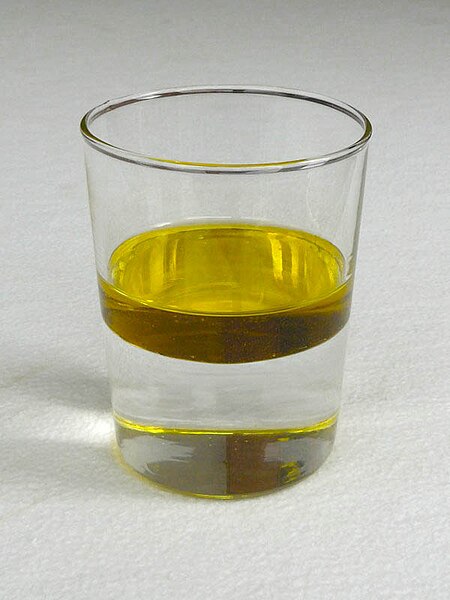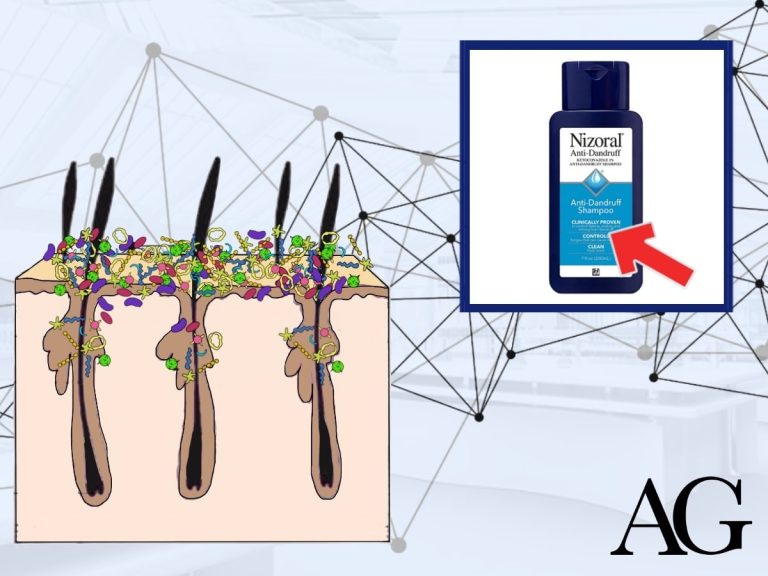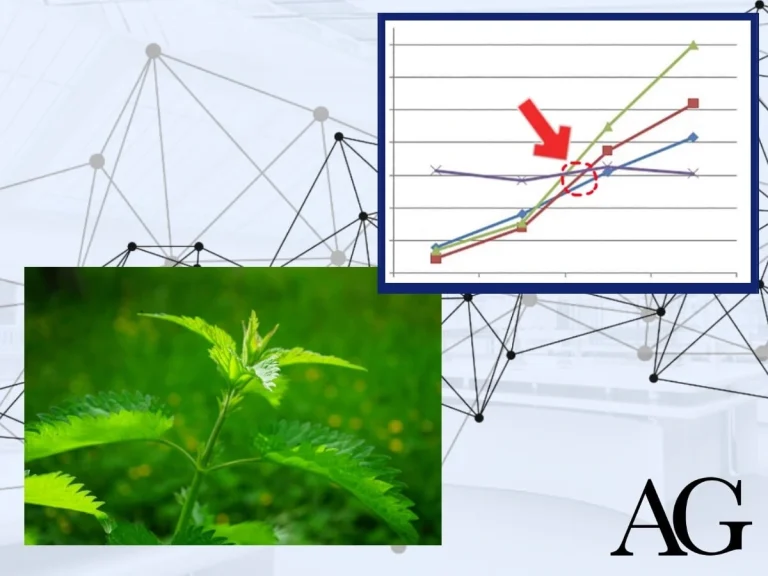Most shampoos are filled with a plethora of barely-pronounceable chemical compounds that most of us can’t make much sense of. One of these ingredients is sodium lauryl sulfate (SLS).
SLS is a compound with an annoyingly complicated name that has many equally confusing synonyms. Here’s some of them: sodium dodecyl sulfate, sodium monolauryl sulfate, sodium dodecane sulfate, lauryl alcohol, hydrogen sulfate and natrium lauryl sulfate.
SLS has garnered a reputation for being problematic for skin and hair health. But, as with most ingredients and interventions related to hair loss, there is a divide between those who claim one thing and those who claim another.
Here we have an example of someone claiming on an online forum that an SLS-free shampoo has made their “hair stronger and thicker”.

On the other hand, below is a screenshot of an individual on Reddit claiming that SLS stops hair “falling out so much”.

In this article we’ll answer:
- What is SLS?
- How does SLS work?
- Does sodium lauryl sulfate (SLS) cause hair loss?
- Final recommendations
Prefer a video version? We’ve got one right here.
What is Sodium Lauryl Sulfate (SLS)?
Water and oil do not mix well together. They are said to be ‘immiscible’. For instance, a glass with both water and olive oil clearly shows how water and oil stay away from each other.
This is because water is a polar molecule – it has a positive charge on one end and a negative charge the other end. Water molecules stick together because the positive end of one water molecule is attracted to the negative end of another.
On the other hand, oil is non-polar. This means that its charge is evenly balanced rather than having a positive and a negative end.

Surfactants are compounds that allow oils that are hydrophobic (repelled by water), to become hydrophilic (attracted to water). In essence, surfactants in shampoos are compounds that make oil and water mix well together.
SLS is an anionic surfactant. It has a polar head and hydrocarbon non-polar tail.

SLS is often found in hygiene products such as shampoo, hand soap, toothpaste, shaving cream, dishwasher detergent, laundry detergents and even industrial engine degreasers. SLS is sometimes used as a food additive too.
How does SLS work?
SLS has a polar head that is attracted to water and repelled by oil. Conversely, the tail is non-polar and is attracted to oil but repelled by water. This allows the SLS molecule tails to slot into the oil.

This allows oil and water to mix much more easily thereby allowing oil on the scalp to be easily washed off with water. This also allows SLS to be washed off as it remains attached to the washed off oil.
This is how shampoos use surfactants to remove oil from your scalp.
SLS is also often found in shampoos because it creates the foamy, bubbly, lather so many people like.
Does SLS cause hair loss?
While SLS can help remove excess oils from your scalp and hair, you can have too much of a good thing.
In this article, we explain how a healthy scalp microbiome has a balance of bacteria and yeasts. These microorganisms feed off the oils on our scalp in order to help regulate the hair cycle and keep other bodily functions in a state of homeostasis.
After using a shampoo, oil presence on the scalp decreases. Although SLS has been excessively demonised by some natural hair product companies, stripping your scalp from too much sebum can have some negative consequences.
Scalp Irritation
The safety assessment study of SLS published in the International Journal of Toxicology, found that “irritation increased directly with concentration”. Furthermore, it mentioned that SLS is “designed for discontinuous, brief use followed by thorough rinsing from the surface of the skin. In products intended for prolonged contact with skin, concentrations should not exceed 1%”.
If used in high enough concentrations, SLS can pull other chemical and potentially beneficial compounds from the skin. This can lead to dryness and irritation of the scalp. It’s the same reason your hands can become irritated if you excessively wash them with soap.1
Irritated skin may disrupt healthy hair cycling and tamper with anagen to telogen hair ratios. This is why a study on telogen effluvium (hair shedding disorder) mentions that an SLS-free shampoo could help avoid further hair shedding.2
Another study concluded that “skin cleansing without SLES (a milder surfactant compared to SLS) might be advantageous for sensitive skin.
Hair strand damage
Human hair strands are composed mostly of proteins but also lipids (up to 9%). These oils serve as a barrier that play important roles:
- Protection against environmental damage (such as UV)
- Protection against chemical damage.
- Avoid moisture loss
- Improving shine, elasticity and tensile strength
This study mentions that most of the time, sodium lauryl sulphate does not penetrate the fibre rapidly and cannot be expected to remove the same amount of lipids from hair at the same rate as a penetrating lipid solvent such as ethanol.
However, routine washing with SLS, these oils can become damaged and lose their functions. This can lead to breakage. SLS can also cause an increase in negative electrical charges on the surface of the hair thereby increasing frizz and friction.

Good shampoos (and many conditioners) will counteract this effect by including secondary cationic surfactants with an opposing charge.
Inflammation
Malassezia is a type of yeast that in controlled quantities, can help regulate scalp health. However when the malassezia population in the scalp becomes too large, malassezia can result in excessive inflammatory by-products which can lead to higher skin turnover or dandruff.
A petri dish study investigated the effects of SLS on Malassezia and concluded that “detergents in shampoos or soaps affect the lipid layers of the Malassezia cell wall and these lipid-extracted Malassezia induce or aggravate some inflammatory conditions”.
To my knowledge, there are no in-vivo studies investigating this link. So there is no hard evidence that SLS causes dandruff in ‘real life’. However if you are prone to dandruff or already have an inflamed scalp, it may be wise to use milder, SLS-free products.
Whilst stripping your scalp from too much sebum can disrupt the balance of your scalp microbiome and potentially cause some irritation and changes in anagen to telogen ratios, the evidence linking SLS to hair loss is very sparse.
Ideal concentration of SLS in shampoos
Concentration and duration of application matters. In fact, its these factors that are bound to make all the difference. SLS is typically found in 1% to 30% in cleaning products and 10-25% in shampoos. In products that are intended for prolonged skin contact, the concentration of SLS is limited at 1%.
Since shampoos, are not intended for prolonged skin contact, the concentration can often be much higher.
The ingredients on shampoo labels are listed in descending concentration. Meaning that the first ingredient listed has the highest concentration and the following ingredients have lower and lower concentrations.

In the image above, the concentration of SLS is likely too high for some people with sensitive scalps. Most companies aren’t very transparent about ingredient concentrations. This is a shame because while small concentrations are probably fine whereas larger concentrations could start causing issues.
Unfortunately, it’s not possible to say what concentration we should be shooting for considering the lack of data available.
Final notes
As with most things, there is nuance. Depending on concentration, duration of application before washing off and your existing scalp health and sensitivity, the effects of SLS on your hair can vary.
By and large, there is a lack of evidence supporting the claim that SLS causes hair loss. SLS appears to have been disproportionately demonised by some sources with little to no scientific backing.
Considering shampoos are typically washed off quickly and do not stay in the scalp very long, alongside evidence showing that SLS does not penetrate the hair fibre rapidly, it is unlikely to be a main driver of hair loss.
That said, If you have sensitive skin and you would like to take extra precautions, you can opt for products with a lower concentration of SLS or SLS-free shampoos altogether.
If you make the switch from an SLS containing shampoo to an SLS-free shampoo, there will likely be an adjustment period where your hair might feel a bit greasy. This should resolve in a matter of weeks as your scalp returns to a more balanced state and your sebaceous glands aren’t working as hard to compensate for the oil-stripping nature of SLS shampoos.



It is actually a great and useful piece of info. I’m glad that you just shared this helpful information with us. Please stay us informed like this. Thanks for sharing.